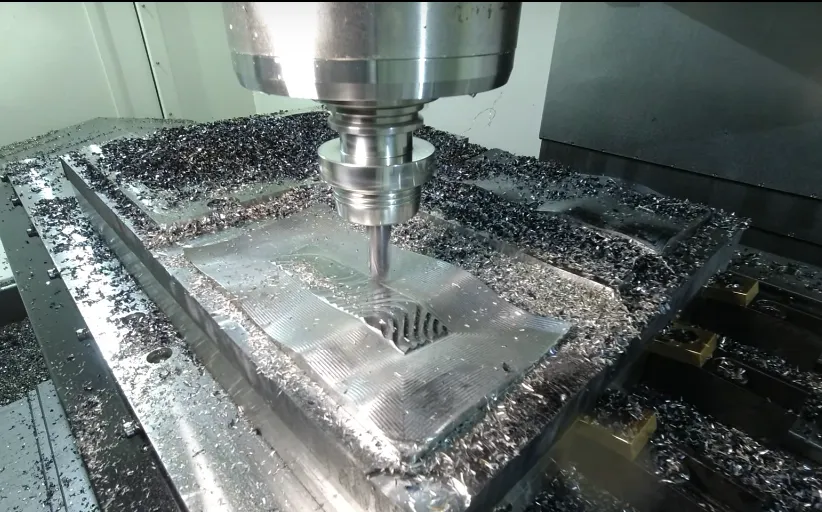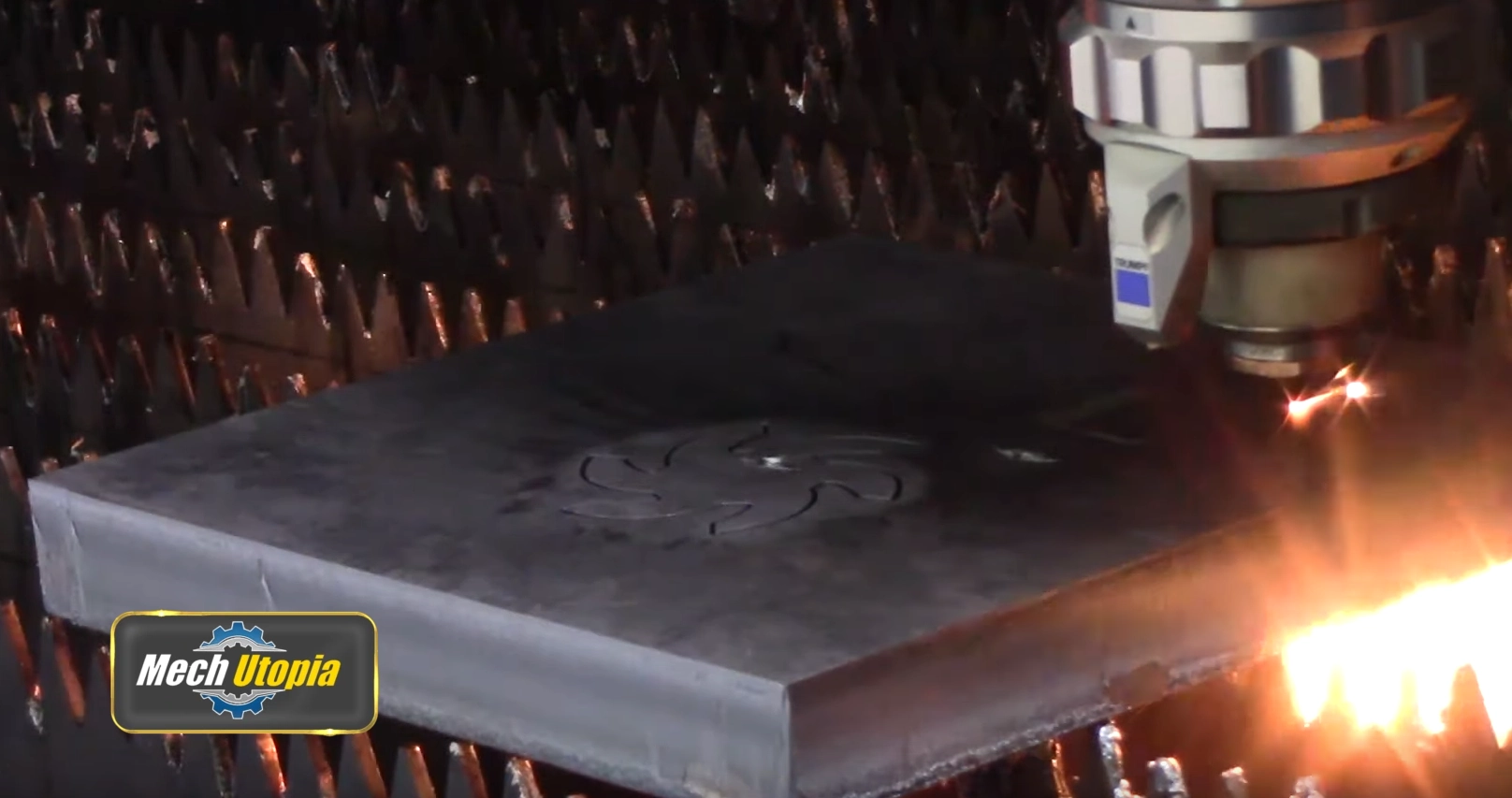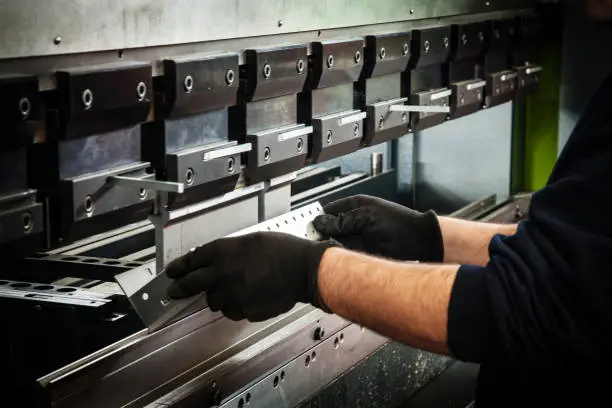In the arena of modern manufacturing, technology advancements have introduced several different processes, with each boasting its unique strengths and limitations. One such powerful and prevalent methodology is Computer Numerical Control (CNC) Machining. Delving into the complexities of this automated tooling technique, this discussion aims to provide a comprehensive understanding of its working principles, advantages versus drawbacks, and suitable application scenarios. Simultaneously, while exploring the spectrum of alternatives, like 3D Printing, Injection Molding, Die Casting, and manual machining, it goes on to offer a comparative insight toward decisively choosing the right manufacturing method.

1) An Overview Of CNC Machining
Concise, precise, and efficient — three adjectives that perfectly encapsulate the miraculous technology that is CNC Machining. Standing for Computer Numerical Control, CNC machining is a manufacturing process characterized by computer-controlled automation.
At its core, CNC machining replaces the limitations of manual control where live operators are needed to prompt and guide commands to tools and machinery. Instead, the sophisticated digitalized software of CNC machining steers the path of factory tools and machinery with an accuracy level that is humanly impossible to match.
a)Exploring How CNC Machining Works
The functionality of CNC machining isn’t as complex as one might perceive. Think back to simple grade school geometry. Remember plotting those numbers to form shapes? That’s your first stepping stone towards understanding CNC.
In a nutshell, CNC machining maps out patterns and design details in a numerical, coordinate-based format. The manufacturing equipment then interprets these numerical coordinates to form precise movements, creating parts and components with extreme accuracy.
With CNC machining, intricate and complex shapes that are nearly impossible to achieve manually come to life. This has revolutionized various sectors, including the automotive, aerospace, and medical industries, which frequently require parts with high levels of precision.
Milling, drilling, or even lathing, CNC machining has the ability to accomplish all these actions and more. This degree of versatility makes it a critical manufacturing process across multiple industries.
b)Benefitting from CNC Machining
CNC machining is an early adopter’s dream. It offers an extensive list of advantages, most notably precision, speed, and efficiency. Here’s a concise look at its invaluable features:
- Elevated Precision & Consistency – Manual production simply cannot match the consistent precision offered by CNC machining. Countless industries are reaping the benefits of this high level of accuracy.
- Improved Speed & Efficiency – With computer-controlled machinery, production time is significantly reduced. No coffee breaks, lunch hours, or sick days to disrupt the workflow!
- Versatility – By adjusting software inputs, we can drop different designs into the system, showcasing the tech’s adaptability across numerous applications.
- Reduced Labor & Operational Costs – With automation comes significant labor cost savings. CNC machining can run 24/7 without human intervention, cutting down on operational costs.

2)Pros and Cons of CNC Machining
In the realm of modern manufacturing, the role of CNC Machining is astoundingly broad and increasingly critical. Offering robust advantages like heightened precision, speedy production, and remarkable versatility, CNC Machining is indubitably a tour de force in manufacturing. Yet, quite like everything else in this technology-riddled landscape, CNC machining is not without its pitfalls.
Advantages
- Delving into the benefits realized from CNC Machining offers a road map for what’s achievable in fabrication. CNC Machining aids in mitigating human error, thereby bolstering the output’s quality and reducing wasted resources. Manufacturing units, thus, witness augmented precision and non-stop productivity, a clear testament to the efficacy of CNC Machining.
- CNC designs can be effortlessly replicated with supreme exactness, which is a boon for large-scale product manufacturing. Not to mention, the digital infrastructure inherent in CNC technology enables easy changes in the product design, accelerating the prototyping phase. Additionally, the ability to work with an extensive palette of materials places CNC Machining ahead in the competitive manufacturing arena.
Disadvantages
- Stepping over to the other side of the divide, it becomes clear that there are several constraints related to CNC Machining. As much as it transforms operational efficiency, the high initial investment is often a deterrent for small-scale manufacturers. Furthermore, the routine maintenance of the CNC machines translates to continuous costs over time.
- On top of that, the complexity of CNC Machining requires highly skilled labor to operate and maintain the machinery, adding an extra layer to the expense pile. Failing to maintain a skilled workforce can also potentially lead to lapses in machine operation, negatively impacting output.
- Last but not least, while the versatility of CNC Machining does allow for mass production, it’s not the panacea for all manufacturing requirements. Complex shapes or products with detailed internal structures may still need to be processed through traditional manufacturing methods. This limitation, hand in hand with the often tedious process of calibrating the machines to meet specific needs, underscores the definitive boundaries in the capabilities of CNC Machining.
Driven by the increased adoption of digital technologies in multiple sectors, CNC Machining continues to carve out its niche in the modern manufacturing world. It’s an undeniable asset with the potential to propel the manufacturing industry to new heights. Recognizing its limitations along with its key benefits can only improve the implementation and effective utilization of this dynamic technology.
Even though CNC machining might not be the universal solution to all manufacturing challenges, it certainly represents an instrumental ally on the path to high-quality manufacturing and efficient operations.
3)Alternatives to CNC Machining
Despite the innumerable advantages and futuristic appeal of CNC machining, there exists a healthy competition among varying manufacturing processes. Let’s peer into some of these viable contenders.
a) 3D Printing & Additive Manufacturing
Take, for instance, 3D Printing or Additive Manufacturing, a groundbreaking process that fabricates products layer by layer from a digital model. Unlike CNC machining, 3D printing builds parts up, freeing designers from the confines of traditional manufacturing constraints. Unparalleled when it comes to producing complex designs with internal structures, 3D printing fosters creativity and ingenuity. Plus, it’s incredibly cost-effective for small custom runs, a niche where CNC Machining might stumble.
b) Injection Molding

Next in line is Injection Molding, a method dominant in mass production. The substantial initial setup cost is swiftly counterbalanced by the extremely low per-part cost once production scales up. While it doesn’t have the same wide material range as CNC machining generally plastics and aluminum are available. It mostly excels in the repetitive, high-volume production of plastic parts. Also, it is not a cost-efficient solution for e few parts. On this matter CNC machining over comes Injection molding.
c) Water Jet Cutting

There’s also the Water Jet Cutting technology that engages high-pressure water jets to cut materials. This process is remarkable for its versatility, as it can handle a varied range of materials, from rubber and foam to metal and stone. It’s environmentally friendly and doesn’t induce heat stress on the pieces, a quality that sets it apart from CNC machining and laser cutting. However, it is just can cut 2D shapes so if we think how modern parts are has more 3D features like pockets and surfaces CNC machining even needed after water cuts. It can be cost-effective if your parts can be finished just by cutting 2D shapes.
d) Die Casting
Die Casting, similar to injection molding, is a process frequently embraced for high-volume orders of metal parts. This method is noteworthy for its speed, producing parts faster than CNC machining for extensive runs. Die casting, however, falls short when it comes to handling complex geometries or designs with internal voids.
e) Laser Cutting

Laser Cutting is another interesting contender. Its unique proposition lies in its accuracy, quality, and speed. It caters exceptionally well to intricate designs in sheet materials. However, it’s less versatile in its material capabilities, with a focus primarily on metals and plastics.
f) Progressive Dies and Sheetmetal Manufacturing
If your parts are not needed very solid thick material progressive dies and sheet metal bending and pressing can be good solutions for your needs. While progressive dies cost too much investment in the beginning you can produce thousands of parts easily. Alternatively, you can just have laser or punch cut your 2D shapes from sheet metals and then bend them on a bending press.

Clearly, there’s no one-size-fits-all in manufacturing. Each process carries its own set of pros and cons, much like CNC machining. The ideal methodology is greatly influenced by factors such as the complexity of the piece, materials, production volume, budget, and lead times. The key lies in discerning which technology suits a particular requirement best, paving the way for efficient resource utilization and optimized manufacturing operations.
4) Comparative Analysis: CNC Machining and Other Methods
Undeniably, each method has its strengths and weaknesses, and the choice ultimately hinges on the specifics of a project.
While Computer Numerical Control (CNC) Machining stands as a gold standard for its numerous benefits, some other notable processes include 3D printing, injection molding, water jet cutting, die casting, and laser cutting.
First, versus 3D printing, CNC machining emerges advantageous due to its high precision and ability to work with a wide range of materials.
While 3D printing has grown popular due to its cost-effectiveness for small-scale production and rapid prototyping, CNC machining delivers superior results for larger-scale production.
When compared to injection molding, another method used predominantly for mass production, CNC machining still holds its ground.
Injection molding may boast higher speed for large quantities, but its upfront costs for mold design, testing, and tooling can be prohibitive.
Plus, any changes to the design entail a new mold, rendering this method less flexible. Conversely, CNC machining, known for its versatility, excels in both small and medium-sized production runs and is flexible to design adjustments.
Water jet cutting is yet another process that offers its own unique set of benefits – specifically, it shines when handling materials unsuitable for heat-intensive methods, and its minimal environmental impact is a strong selling point.
However, despite its versatility, the abrasive nature of water jet cutting may lead to a somewhat rougher finish; CNC machining, in contrast, consistently delivers a smoother surface finish.
Die casting is well-respected for its speed when dealing with high-volume orders, especially in producing metallic parts.
Despite its efficiency, die casting is limited, like injection molding, by high upfront costs and a low tolerance for design changes.
Furthermore, die casting can struggle with very complex designs, a challenge CNC machining can typically handle more easily.
Then there’s laser cutting, revered for its accuracy and high-quality finish, chiefly when working with thin materials like sheet metal.
It’s important to note, however, that laser cutting can involve significant heat impact, potentially leading to material deformation.
In this scenario, CNC machining—with its more gentle touch and virtually no heat impact—might well be the preferable option.
Overall, while a range of factors, including complexity, materials, production volume, budget, and lead times, inevitably influence the chosen manufacturing method, CNC machining often holds its own, and then some.
It continues to emerge as a robust, flexible, and reliable ally in the manufacturing sector, proving that ultimately, the best manufacturing method is one that leverages effective and efficient resource utilization for optimized production.
Think of it as having the right arsenal for the right battle.
Because, in the end, a well-chosen manufacturing method isn’t just about getting the job done—it’s about getting it done excellently.

As we navigate through the intricacies of various manufacturing techniques, we realize that the choice largely lies in understanding the specifics of the demand – turnaround time requisites, precision necessities, budget affordability, material compatibility, and shape complexity. Each process, including CNC machining, has its realms where it excels. Given the depth of factors involved, it becomes imperative to consider all these attributes while deciding upon the most suitable technology for a particular manufacturing purpose. By gaining a robust comprehension of these varied techniques, the goal remains to make this decision-making process more informed, facilitating the production of superior quality outcomes.

